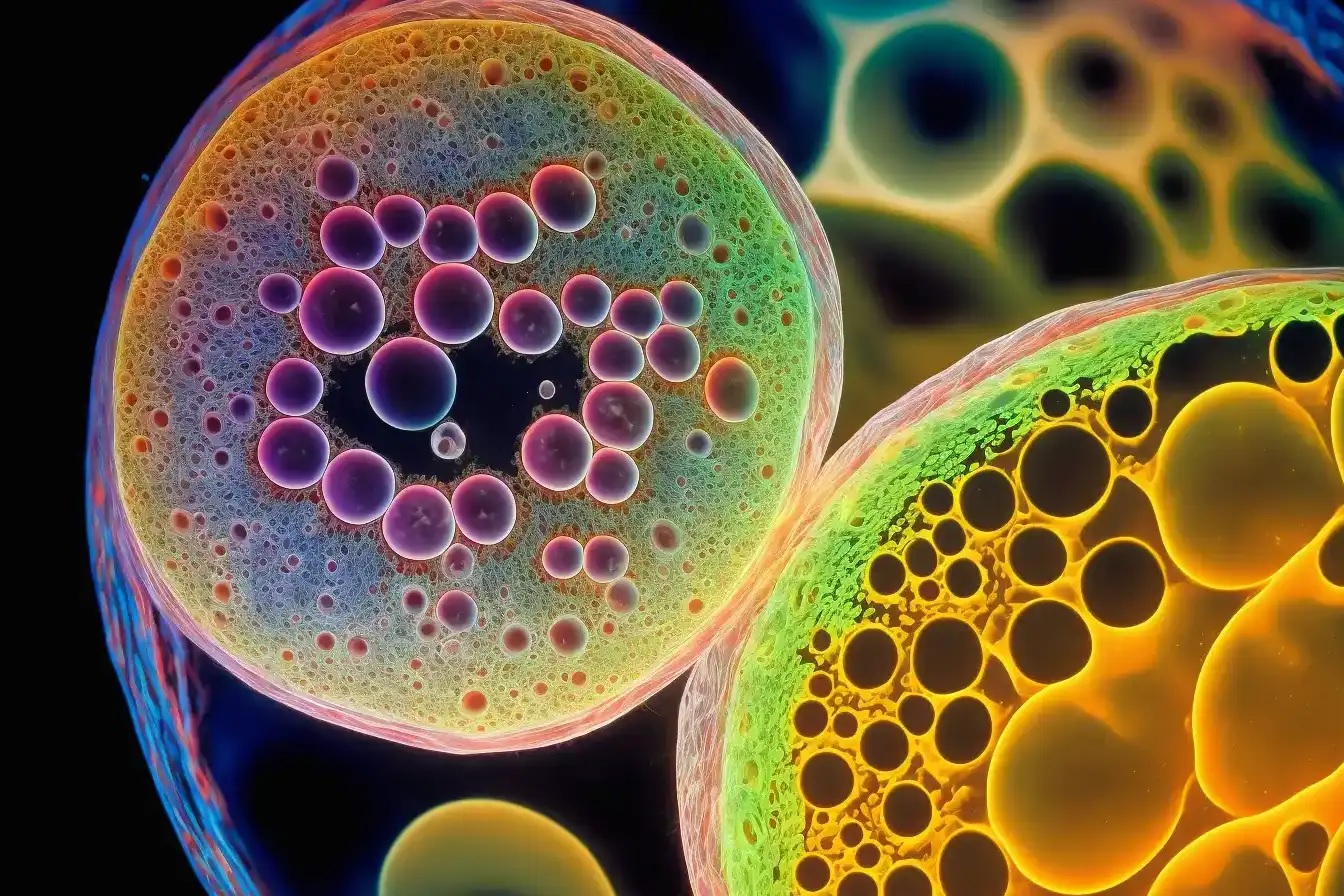Stem cell therapy holds promise in the treatment of diabetes
Stem cell therapy holds promise in the treatment of diabetes, particularly type 1 diabetes, which is characterized by the destruction of insulin-producing beta cells in the pancreas.
Researchers from the Stem Cell Research and Development Center of Airlangga University said that stem cell therapy can repair soft tissue damage, such as the lungs and liver.
“In this research, we provide stem cell therapy to patients with various health conditions, such as large wounds, muscle injuries, lung damage, bone regeneration in osteoporosis patients, and anti-aging. In these various conditions, of course the stem cells given have different types and “The treatment procedures are different. However, in general, stem cells are able to repair soft tissue damage,” said the Head of the Stem Cell Research and Development Center, Airlangga University, Dr. Purwati in a statement, in Jakarta, Thursday.
According to him, this is very possible because stem cells are basically cells produced from the patient’s own body and can renew themselves.
Apart from that, stem cells also easily adapt into cells in different shapes, so they have high potential for treating various types of diseases.
“In the in vitro and in vivo research that we conducted, it can be concluded that stem cells are effective in repairing soft tissue in damaged organs, such as the lungs, kidneys, bladder and skin tissue. Apart from being effective, this therapy is also “It has been proven to be safe and does not get rejected by the body,” he said.
So stem cell therapy can be an alternative to cure various diseases that usually require organ transplants to replace damaged organs.
Even so, Dr. Purwati explained that there are still various things that need to be researched further regarding stem cell therapy for soft tissue repair, including the challenges in mass producing stem cell therapy.
Here’s how stem cells are being explored in the context of diabetes:
- Replacing Beta Cells
Stem cells can potentially be directed to differentiate into insulin-producing beta cells. This approach aims to replenish the beta cell population in individuals with type 1 diabetes, potentially allowing them to produce insulin naturally. - Regeneration of Pancreatic Tissue
Stem cells might help regenerate damaged pancreatic tissue, including both beta cells and other supporting structures essential for insulin production and regulation. - Immunomodulation
In type 1 diabetes, the immune system attacks beta cells. Stem cells could potentially be used to modulate the immune response, reducing or preventing further destruction of beta cells. - Clinical Trials
Researchers are conducting clinical trials to evaluate the safety and efficacy of stem cell-based therapies for diabetes. These trials are crucial for understanding the practical implications and refining the methods used. - Challenges and Considerations
There are several challenges, including ensuring the safety and long-term effectiveness of stem cell therapies, as well as ethical considerations and regulatory approvals.
Currently, while promising, stem cell therapy for diabetes is still in the experimental stages. Research is ongoing to optimize techniques, ensure safety, and establish the long-term efficacy of these approaches.






